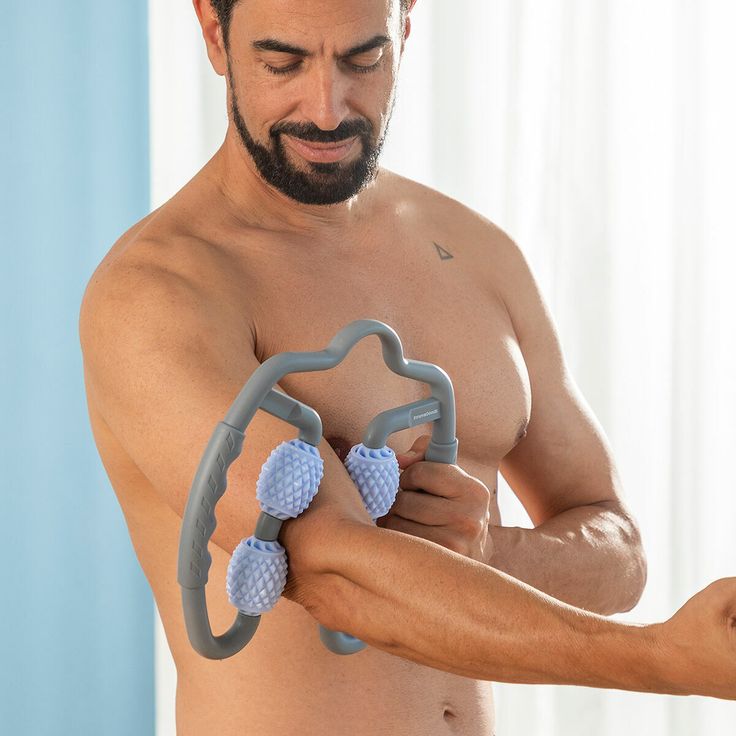Introduction
Whether you're an athlete, a fitness enthusiast, or just someone who experiences occasional muscle soreness, you know how crucial recovery is to your overall well-being. Muscle massagers have become increasingly popular as a way to help people recover from workouts, reduce muscle soreness, and improve flexibility. But with so many different types of muscle massagers on the market, it can be tough to know which one is right for you.

This comprehensive guide will cover the top muscle massagers available, outlining the pros and cons of each to help you make an informed decision. We'll delve into the benefits of using muscle massagers for recovery, explore different types, and highlight key factors to consider before purchasing one.
Types of Muscle Massagers
1. Percussion Massagers
Percussion massagers, also known as massage guns, deliver rapid and concentrated pulses deep into your muscle tissue. They are particularly effective for alleviating muscle soreness and stiffness.
Pros: * Portable and easy to use. * Effective for targeting specific muscle groups. * Adjustable intensity levels to suit your needs.
Cons: * Can be noisy. * May not be suitable for individuals with certain medical conditions.
2. Vibration Massagers
Vibration massagers use oscillating movements to stimulate blood flow and relax muscles. They come in various shapes and sizes, from handheld devices to massage cushions.
Pros: * Generally more affordable than percussion massagers. * Can be used on multiple body parts. * Often quieter than percussion massagers.
Cons: * May not be as effective for deep tissue massage. * Some models may lack power.
3. Foam Rollers
Foam rollers are a simple yet effective tool for self-myofascial release, a technique that involves applying pressure to release tension in the fascia (the connective tissue surrounding muscles).
Pros: * Affordable and widely accessible. * Versatile and can be used to target different muscle groups. * Can help improve flexibility and range of motion.
Cons: * Requires bodyweight pressure, which can be challenging for some. * May not be as comfortable as other massage methods.

.jpg)